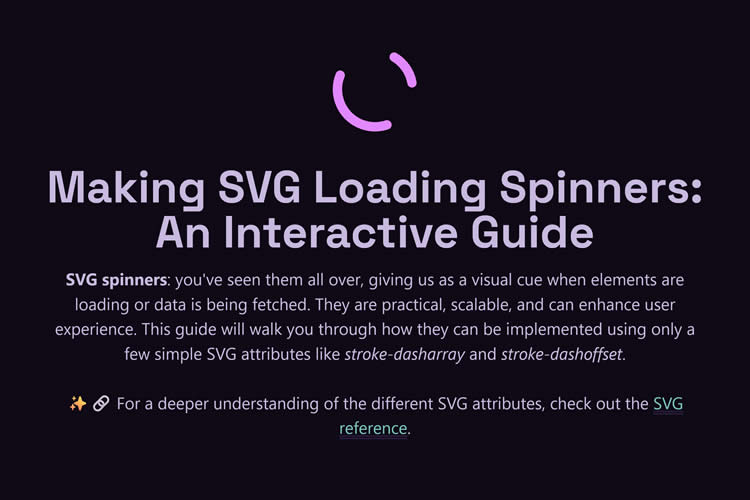Web designers often start with small projects, which provide opportunities for learning and growth. However, small projects can still require a significant amount of work, even if they are not highly profitable. These less-profitable projects typically fall into two categories: clients on a tight budget and cheap clients who are unwilling to spend money.
It is important to distinguish between clients on a budget and cheap clients. Most clients have realistic expectations and are willing to work within the parameters set by the web designer. They understand that certain features may be too expensive and are willing to save up for them. However, cheap clients have unrealistic expectations and expect enterprise-level features without wanting to pay for them. They may haggle, question the web designer’s abilities, and refuse to pay for necessary services like hosting.
Sometimes, educating the client about the requirements and costs involved can help them understand the value of the services provided. However, some clients are simply cheap and will go to great lengths to save money. This behavior can negatively impact both the project and the relationship between the client and the web designer.
Cheap clients often try to pass costs onto the web designer. When creating a website proposal, the web designer provides an estimate based on the client’s budget and needs. A cheapskate client may see the value of an expensive feature but will try to negotiate a lower price, even if it affects the web designer’s bottom line. It is unreasonable to expect the web designer to absorb the cost and renders the project goals unrealistic.
If a client cannot afford what they want, adjustments should be made rather than expecting the web designer to bear the financial burden. Cheap clients are often unwilling or incapable of making these adjustments.
It is important to be careful about who you choose to work with. Most web design projects come with a budget, and working with clients on a tight budget can be valuable for gaining experience. There is also the potential for the client’s budget to increase in the future, leading to more revenue. However, some people will try to take advantage of the web designer’s generosity by asking for a lot while paying very little. Working with cheap clients who do not appreciate your efforts can be miserable and detrimental to your bank account.
In conclusion, it is crucial to differentiate between clients on a budget and cheap clients. Clients on a budget are willing to compromise and work within their financial limitations, while cheap clients expect the web designer to bend to their needs without paying a fair price. Choosing clients wisely is essential for a successful and fulfilling web design career.





